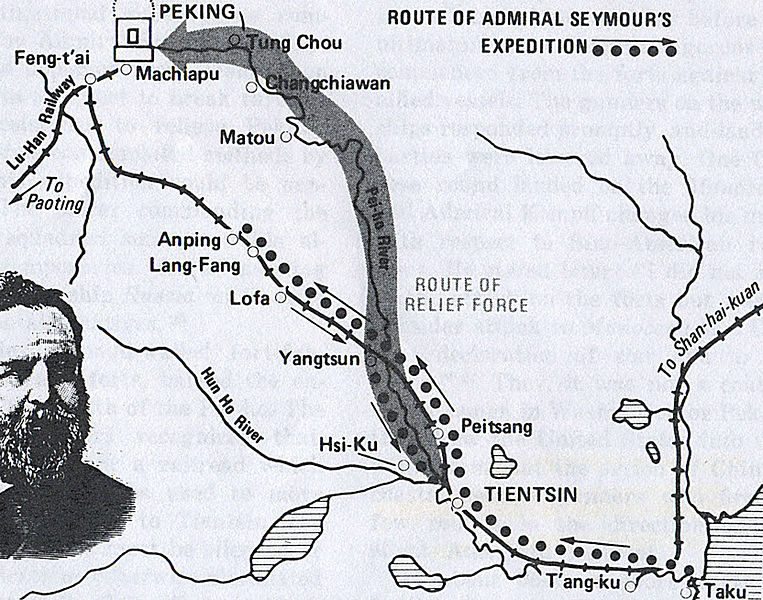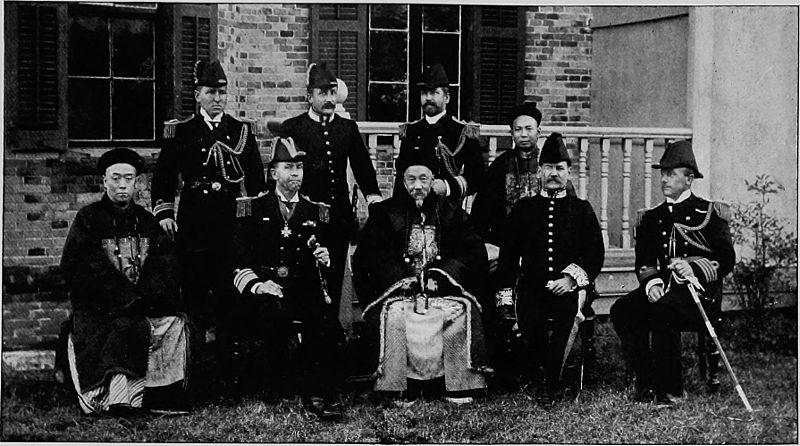<Back to Index>
- Admiral of the Fleet of the Royal Navy Edward Hobart Seymour, 1840
PAGE SPONSOR
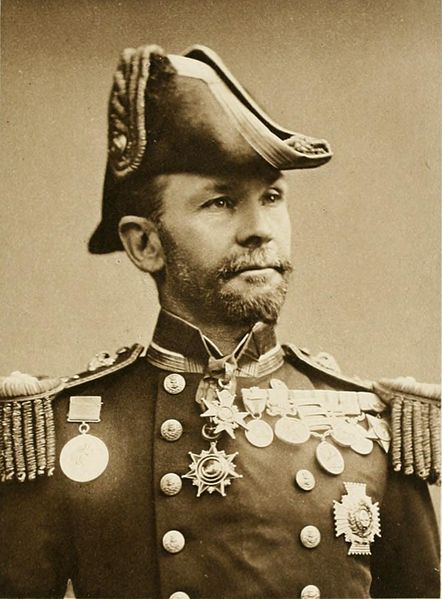
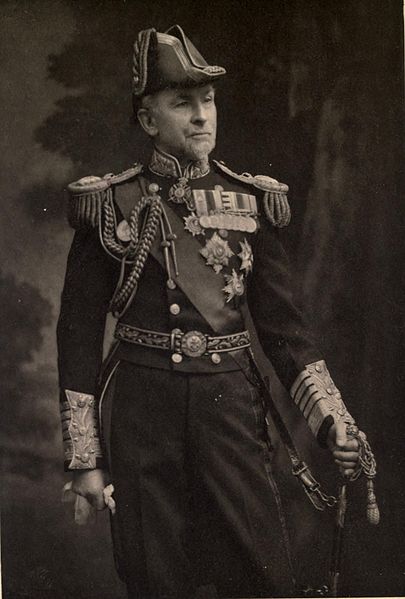
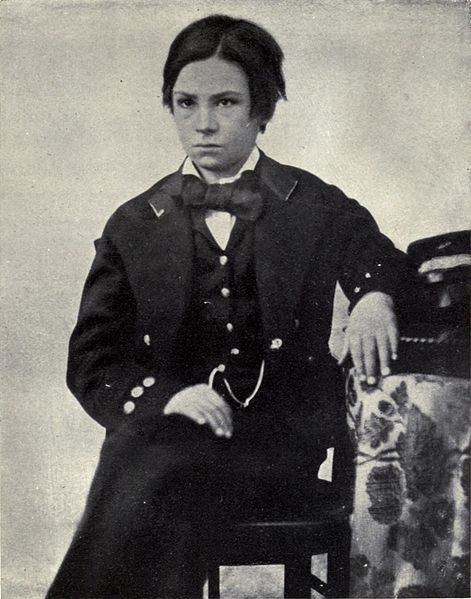
Admiral of the Fleet Sir Edward Hobart Seymour, GCB, OM, GCVO (30 April 1840 2 March 1929), was a Royal Navy officer who became Commander - in - Chief, China Station.
Born the grandson of Rear Admiral Sir Michael Seymour, 1st Baronet and son of the Rev. Richard Seymour, Edward Seymour was educated at Radley College and Eastman's Naval Academy, Southsea, and went on to join the Royal Navy in 1852.
He served in the Black Sea during the Crimean War. After the end of the Crimean War, still a midshipman, he was appointed to the HMS Calcutta, flagship of his uncle Sir Michael Seymour, on the China Station. He took part in the capture of Canton in December 1857 and then, in HMS Chesapeake, he took part in the attack on the Taku forts in September 1860.
In December 1897, Seymour was appointed Commander - in - Chief of the China Station, though he did not assume command until 18 February 1898. His flagship was the battleship HMS Centurion. Service there was peaceful until the Boxer Rebellion when Seymour took command of a 2,000 man international force which marched overland to Peking in an attempt to relieve the legations under siege there. and protect the Western and Japanese residents of that city from the Boxers. The Chinese repulsed Seymour's force en route and forced him to retreat to Tianjin.
From 1898 to 1899 he was the military commissioner of Weihaiwei.
At the time of his death, he was the last living of the original (1902) members of the Order of Merit.
Background. The Boxers were an anti - Christian, anti - foreign rural mass movement. Their objective was to rid China of foreign (Western) influence. In May and early June 1900 they advanced on Beijing. The Qing government of China was equivocal about the Boxers, fearing that they might become anti - Qing. The Boxers were a serious threat to Western and Japanese citizens and Chinese Christians living in Beijing, Tianjin, and other areas of northern China.
The diplomatic Legations (Embassies) in Beijing requested that marines be sent to protect them and more than 400 from eight countries arrived in Beijing on 31 May. However, as the threat from the Boxers increased, it became apparent that additional soldiers were needed. On 9 June, Sir Claude Maxwell MacDonald, the British Minister, cabled Vice Admiral Edward Hobart Seymour, commander of the British Navy's China fleet, that the situation in Beijing "was hourly becoming more serious" and that "troops should be landed and all arrangements made for an advance to Peking [Beijing] at once."
On receipt of MacDonald's message, Seymour assembled within 24 hours a lightly armed force of 2,000 sailors and marines from Western and Japanese warships and prepared to embark for Beijing from Tianjin, 75 miles away, by train. His force consisted of 916 British, 455 Germans, 326 Russians, 158 French, 112 Americans, 54 Japanese, 41 Italians, and 26 Austrians. Seymour's Chief of Staff was Captain John Jellicoe. The Commander of the Americans in the expedition was Captain Bowman H. McCalla.
The diplomats in Beijing anticipated that Seymour would arrive there on 11 June, but, instead, all communications were cut and the Seymour Expedition disappeared in the interior of China.
Advance toward Beijing. Seymour commandeered five trains in Tianjin and departed for Beijing with his entire force the morning of 10 June. The first day the soldiers traveled twenty five miles without incident, crossing a bridge at Yancun over the Hai River unopposed although Chinese General Nie Shicheng and thousands of his soldiers were camped there. The next few days went slowly as Seymour had to repair railroad track and fight off Boxer attacks as his trains advanced. On 14 June, several hundred Boxers armed with swords, spears, and clumsy gingals attacked Seymour twice and killed five Italian soldiers. The Americans counted 102 Boxer bodies left on the battlefield at the end of one battle. Seymour continued to repair track and advance very slowly.
On 18 June, Seymour's army was suddenly attacked by several thousand well armed Chinese Imperial soldiers who had not opposed Seymour's passage a few days early. The foreign troops, especially the Germans, fought off the attack, reportedly killing hundreds of Chinese at a loss of seven dead and 57 wounded. However, the need to care for the wounded, a shortage of supplies and ammunition, and the likelihood of additional Chinese attacks forced Seymour and his officers to decide to retreat to Tianjin. The unexpected attack on Seymour by the Chinese army was prompted by an allied European and Japanese attack on the Dagu Forts two days previously. As a result of the attack in Dagu, the Chinese government had decided to resist Seymour's army and kill or expel all foreigners in northern China.
The Retreat. Seymour turned his five trains around and headed back toward Tianjin. But, he found the bridge across the Hai River he had crossed a few days before now destroyed by the Boxers or the Chinese army. Seymour and the other officers then had a decision to make for the army: to cross the river by boat and walk 18 miles to Tianjin along the railroad or follow the river 30 miles to Tianjin. The sailors, perhaps more comfortable near water, chose to follow the river although the railroad route was shorter and ran through open country. Along the heavily populated river banks were Boxer infested villages every one - half mile.
Seymour's retreat down the Hai River was slow and difficult, covering only three miles the first day. Additional casualties included Jellicoe who suffered a near fatal wound. By 22 June, the soldiers were out of food and down to less than 10 rounds of ammunition per man except for the Americans who had brought ample ammunition. But, "there was no thought of surrender," said Lt. Wurtzbaugh. "The intention was to fight to the last with the bayonet."
Seymour's 2,000 soldiers might have perished along the river except for good luck. On 23 June, six miles from Tianjin, Seymour came across the Xigu fort and arsenal which inexplicably was nearly undefended by Chinese soldiers. The foreign soldiers took refuge in the arsenal which contained a wealth of arms and ammunition and some food. Realizing its mistake in leaving the arsenal undefended, the Chinese army attempted to dislodge Seymour, now well armed, but were unsuccessful.
A Chinese servant of the British slipped through to Tianjin and requested rescue for Seymour. Two thousand allied soldiers marched out of the city to the arsenal on 25 June and next day escorted Seymour's men back to Tianjin. The Chinese did not oppose their passage. A missionary reported their arrival in Tianjin. "I shall never forget to my dying day, the long string of dusty travel worn soldiers, who for a fortnight had been living on quarter rations, and fighting every day the men were met by kind ladies with pails of tea which the poor fellows drunk as they had never drunk before some bursting into tears." Seymour's casualties were 62 dead and 232 wounded.
The Seymour Expedition was "a serious failure." Similar to many Western military officers Seymour underestimated his Chinese opponent, trusting that he would encounter little opposition en route to Beijing.
As of March 1901, Seymour's command on the China Station in March 1901 consisted of:
- Battleships: Centurion, Barfleur (Rear Admiral Sir James A. T. Bruce, K.C.M.G. second in command), Glory, Goliath, Ocean.
- 1st Class cruisers: Argonaut, Aurora, Blenheim, Endymion, Orlando, Terrible, Undaunted **.
- 2nd Class cruisers: Arethusa , Astraea , Bonaventure, Dido , Hermione, lsis , Pique.
- 3rd Class cruisers: Alacrity, Wallaroo .
- Destroyers: Fame, Hart, Otter, Whiting.
- Sloops: Algerine, Daphne, Phoenix, Rosario.
- Gunvessel: Linnet.
- Gunboats: Bramble, Brisk, Britomart, Esk , Lizard , Pigmy, Plover, Redpole.
- Storeship: Humber.
- Receiving ship Hong Kong: Tamar (flagship of the Commodore in charge at Hong Kong, Commodore Francis Powell, C.B)
- River steamers: Robin, Sandpiper, Snipe, Woodcock, Woodlark.
** Ordered home.
Temporarily attached to China Station.
Seymour Road in the area of the Mid - levels, within Victoria City on Hong Kong Island was named after Edward Seymour.
